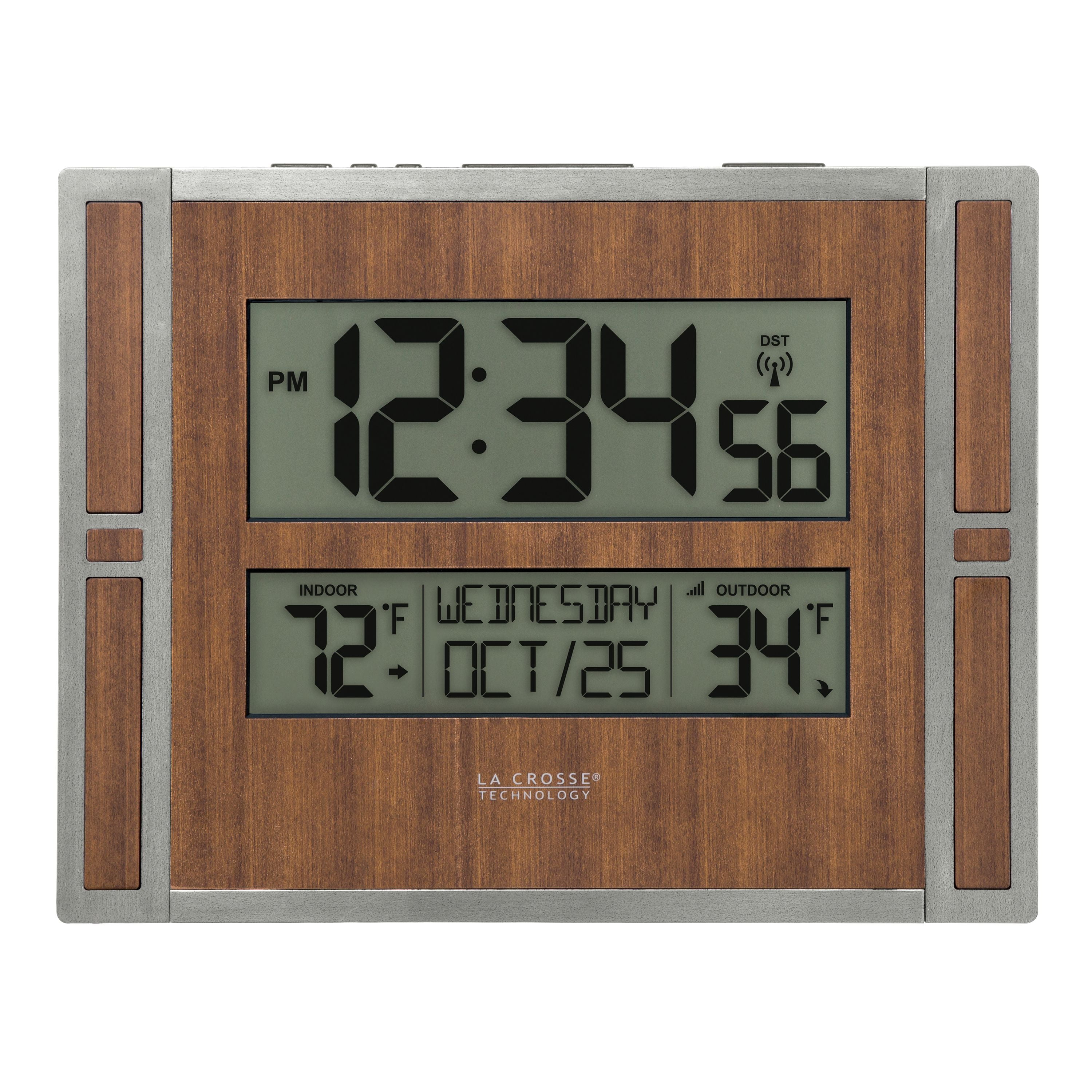
The change is primarily due to tidal friction between Earth's oceans and its rocky mantle through the gravitational attraction Unfortunately, UT is not a uniform time scale because Earth's rotational period is (on average) gradually increasing. Universal Time (UT) is the modern counterpart to GMT and is determined from Very Long Baseline Interferometry (VLBI) observations GMT was the standard time reference based on the mean solar time on the 0° longitude meridian in Greenwich, England. Universal Timeįor many centuries, the fundamental unit of time was the rotational period of Earth with respect to the Sun. It was also renamed Terrestrial Time (TT), although on this Web site, the older name Terrestrial Dynamical Time is preferred and used. In 1991, the IAU refined the definition of TD to make it more precise. To ensure continuity with ET, TD was defined to match ET for the date 1977 Jan 01.

It takes into account relativistic effects and is based on International Atomic Time (TAI), which is a high-precision standard usingĪs such, TD is the atomic time equivalent to its predecessor ET and is used in the theories of motion for bodies in the solar system. TD was introduced by the IAU in 1979 as the coordinate time scale for an observer on the surface of Earth. The ephemeris second was defined as a fraction of the tropical year for 1900 Jan 01, as calculated from Newcomb's tables of the Sun (1895).Įphemeris Time was used for Solar System ephemeris calculations until it was replaced by TD in 1979. In 1952, the International Astronomical Union (IAU) introduced Ephemeris Time (ET) to address this problem. Ephemeris Timeĭuring the 20th century, it was found that the rotational period of Earth (length of the day) was gradually slowing down.įor the purposes of orbital calculations, time using Earth's rotation was abandoned for a more uniform time scale based Nevertheless, UTC is colloquially referred to as GMT although this is technically not correct. In 1972, GMT was replaced by Coordinated Universal Time (UTC) as the international time reference. It was also agreed that all longitudes would be measured east or west with respect to the Greenwich meridian.

Mean solar time on the 0° longitude meridian in Greenwich, England is known as Greenwich Mean Time (GMT).Īt the International Meridian Conference of 1884, GMT was adopted as the reference time for all clocks around the world. The key to mean solar time is the mean solar day, which has a constant length of 24 hours throughout the year. Unfortunately, the length of the apparent solar day can vary by tens of seconds over the course of a year.Įarth's elliptical orbit around the Sun and the 23.5° inclination of Earth's axis of rotation are responsible for these variations.Īpparent solar time was eventually replaced by mean solar time because it provides for a uniform time scale. This is the interval between two successive returns of the Sun to an observer's local meridian. Time Five Millennium Canon of Lunar Eclipses Greenwich Mean Timeįor thousands of years, time has been measured using the length of the solar day.


 0 kommentar(er)
0 kommentar(er)
